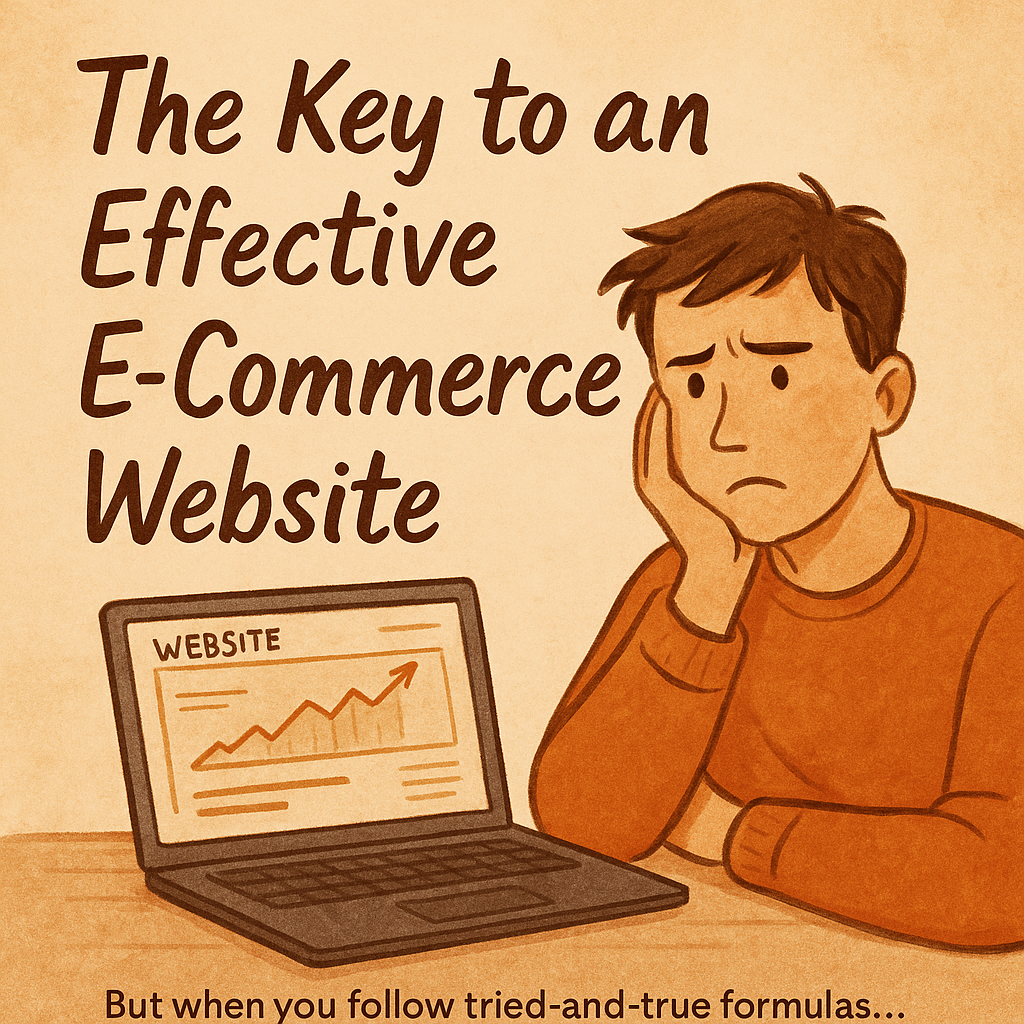The Work-Life Balance Myth That’s Killing Your Ecommerce Growth
What I learned managing Facebook ads for furniture businesses
The 2 AM Realization
Last month, I was troubleshooting a Facebook campaign issue at 2 AM. Not because I had to – but because I wanted to.
The campaign was for a furniture workshop in the outskirts of Hanoi. Revenue had been stuck for months, and I finally spotted the problem: their peak customer activity was happening at 9-11 PM, but their response system was designed for 9-5 business hours.
As I fixed the targeting, I realized something that changed how I think about running an ecommerce business:
The entrepreneurs who succeed aren’t the ones with perfect work-life balance.
They’re the ones who’ve figured out work-life integration.
And that difference is worth everything.
Two Different Approaches
I work with several furniture business owners in the craft villages around Hanoi. They all face similar challenges – managing online sales, Facebook ads, customer inquiries, production schedules.
But I’ve noticed two completely different approaches to managing business and family life:
The “Balance Seekers”
These owners try to create strict boundaries:
- No business calls after 6 PM
- Weekends are completely off-limits
- Work phone gets turned off at night
- Rigid separation between work time and family time
The “Integrators”
These owners think differently:
- Business goals align with family dreams
- Family input influences business decisions
- Flexible availability based on what matters most
- Work and life strengthen each other
The results speak for themselves.
The “balance seekers” often struggle with:
- Missed opportunities (customers shop in the evenings)
- Slower response to market changes
- Team feeling disconnected
- Constant stress about “being present enough”
The “integrators” tend to:
- Grow faster (they’re available when customers need them)
- Make better decisions (family insights inform business choices)
- Have happier families (business success reduces financial stress)
- Feel more fulfilled overall
Why Balance Doesn’t Work for Ecommerce
Here’s the reality of running an online furniture business:
Your customers don’t shop 9-5:
- Most furniture browsing happens after work hours
- Weekend shopping is peak time for home furnishing
- Decision-making calls often come at 7-9 PM
Facebook algorithms don’t pause:
- Campaign performance can shift overnight
- Competitor activity happens 24/7
- Market trends emerge on weekends
Your team needs leadership:
- Production questions arise during manufacturing
- Customer service issues need quick resolution
- Strategic decisions can’t wait for Monday morning
Trying to force this into rigid “work hours” creates more stress, not less.
The Vietnamese Advantage
Working with furniture craftsmen in traditional villages, I’ve observed something interesting.
Vietnamese entrepreneurs don’t naturally think in terms of “work-life balance.”
They think in terms of family business.
Traditional Vietnamese business approach:
- Family members contribute different skills
- Business decisions consider family impact
- Success is measured by family wellbeing
- Work and life are naturally integrated
This isn’t work-life balance. It’s work-life synergy.
Example: One client takes his family to furniture markets on weekends. His wife spots design trends. His kids’ reactions help him understand young family preferences. His parents share traditional craftsmanship insights.
Result: Family time directly improves business performance.
The Integration Insight
The breakthrough came when I stopped asking: “How do you balance work and life?”
And started asking: “How do you make work and life strengthen each other?”
Balance assumes work and life compete for your attention.
Integration recognizes they can amplify each other.
For ecommerce owners, this means:
- Your family experiences inform customer insights
- Business success enables family dreams
- Family support accelerates business growth
- Personal fulfillment fuels business energy
What Integration Looks Like in Practice
❌ The Balance Trap:
Rigid Boundaries:
- “No business thoughts during family dinner”
- “Weekends are completely work-free”
- “Business problems stay at the office”
Why this hurts ecommerce:
- Miss peak customer activity periods
- Slow response to urgent issues
- Artificial stress from constant switching
- Family feels disconnected from business reality
✅ The Integration Approach:
Flexible Priorities:
- High-energy times for strategic work
- Family activities that inform business decisions
- Quick response systems that don’t disrupt family time
- Shared understanding of business goals
Example: Instead of checking Facebook ads constantly, I set up automated alerts for real issues only. I check metrics once in the morning during coffee. If there’s a problem, I handle it quickly. If not, I’m fully present with family.
Result: Better campaign performance AND better family connection.
What Integration Delivers
From my experience managing furniture business campaigns:
Business owners who practice integration:
- Respond faster to market opportunities
- Make better decisions (less mental switching)
- Build stronger customer relationships
- Create more sustainable growth
Their families also benefit:
- Less stress from artificial boundaries
- Shared excitement about business success
- Better understanding of family priorities
- More authentic presence (not constant guilt)
Real example: One furniture maker started including his teenage son in product photography. The son’s social media skills improved their online presence. The father-son time strengthened their relationship. Win-win.
Your Integration Framework
Step 1: Align Your Goals
Ask yourself:
- How does business success serve your family?
- What family priorities should guide business decisions?
- Where can family input improve business performance?
- What business skills could enhance family life?
Step 2: Design Flexible Systems
Instead of rigid schedules, create:
- Energy-based work planning
- Quick response protocols for true emergencies
- Family calendar that includes business priorities
- Communication systems that work for everyone
Step 3: Find Synergies
Look for activities that serve both:
- Market research during family outings
- Family input on business decisions
- Business skills applied to family projects
- Shared learning and growth experiences
Step 4: Measure What Matters
Track both:
- Business metrics (revenue, customer satisfaction)
- Family metrics (relationship quality, stress levels)
- Integration effectiveness (are they strengthening each other?)
The Choice Every Ecommerce Owner Faces
You can keep chasing the myth of perfect work-life balance:
- Fighting against the reality of ecommerce demands
- Creating artificial stress through constant switching
- Missing opportunities because of rigid boundaries
- Feeling guilty about never being “present enough”
Or you can choose integration:
- Design systems where business and family support each other
- Create flexibility that serves both customer needs and family priorities
- Build a business that enhances rather than competes with family life
- Find fulfillment in both areas without constant guilt
The most successful ecommerce owners I work with aren’t the ones with perfect work-life balance.
They’re the ones who’ve made work and life work together.
The Bottom Line
After managing Facebook campaigns for furniture businesses, I’ve learned this:
Your ecommerce business doesn’t have to compete with your family life.
It can be the vehicle for creating the family life you want.
But only if you stop treating them as separate worlds and start designing them as one integrated system.
The question isn’t whether you have time for both business and family.
The question is: Are you designing them to support each other, or fight each other?
What’s your biggest challenge in managing business growth while maintaining family relationships? I’d love to hear your thoughts.





